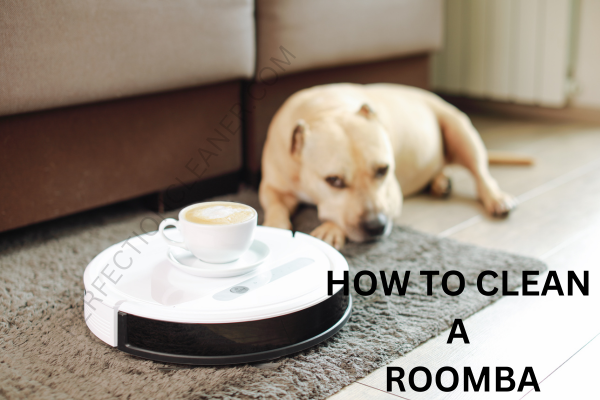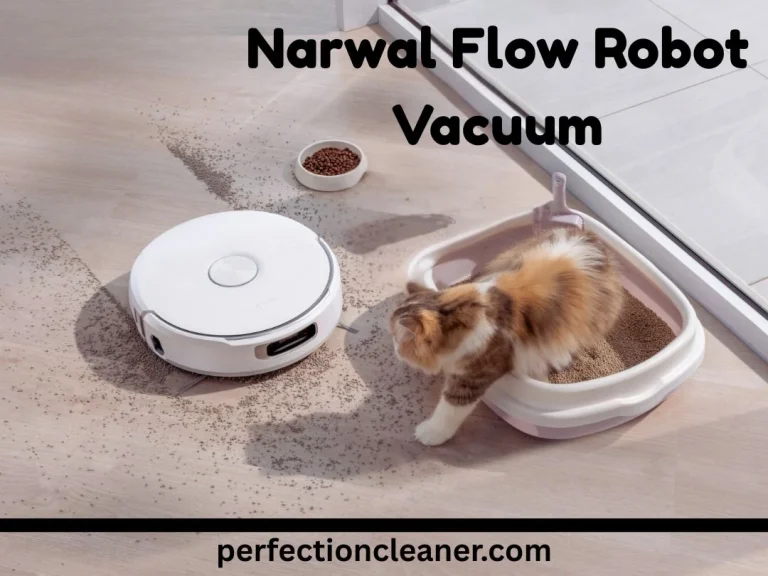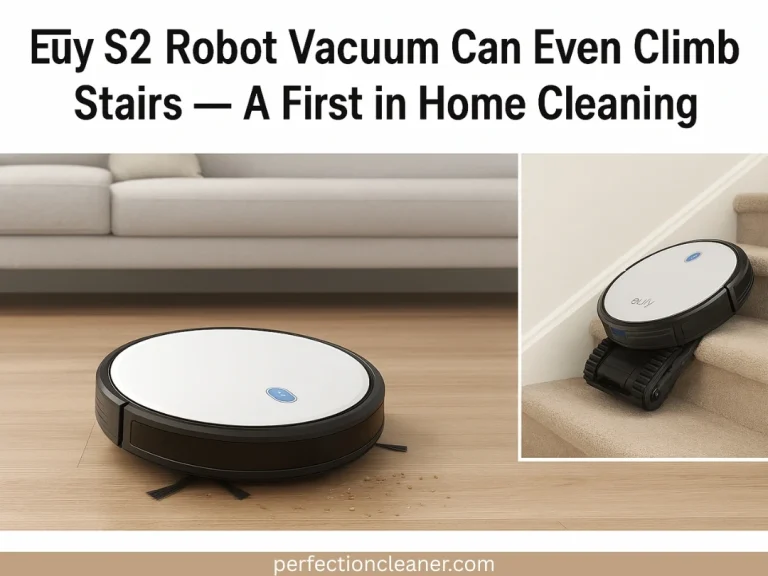how to reset my iHome vacuum
In the world of home cleaning appliances, iHome vacuums have carved out a reputation for reliability and efficiency. However, like all electronic devices, they may occasionally need a reset to restore optimal functionality. If you’ve found yourself wondering, “Where is the reset button on my iHome vacuum?” or “How do I reset my iHome vacuum?” you’ve come to the right place. This far-reaching guide will walk you through all that you want to be aware of about resetting your iHome vacuum, from locating the elusive reset button to troubleshooting common issues.
Understanding Your iHome Vacuum
iHome has established itself as a trusted brand in the house appliance market, offering a range of vacuum cleaners designed to meet various cleaning needs. From powerful upright models to versatile stick vacuums and innovative robotic cleaners, iHome provides solutions for every home.
Each iHome vacuum model comes with its own set of features, but they all share a commitment to efficiency and user-friendly design. Understanding your specific model is crucial when it comes to maintenance and troubleshooting, including the all-important reset process.
The Importance of Resetting Your Vacuum
Resetting your iHome vacuum is more than just a troubleshooting step; it’s a vital part of maintaining your appliance’s performance and longevity. Here’s why resetting can be so important:
- Clearing Error Codes: Sometimes, your vacuum may display error codes due to minor software glitches. A reset can often clear these codes and restore normal operation.
- Restoring Factory Settings: If you’ve made changes to your vacuum’s settings and it’s not performing as expected, a reset can return it to its original factory settings.
- Resolving Connectivity Issues: For smart iHome vacuum models, a reset can help resolve Wi-Fi connectivity problems or issues with mobile app integration.
- Improving Performance: Over time, your vacuum’s electronic systems may become sluggish. A reset can refresh these systems, improving overall performance.
- Battery Recalibration: In cordless models, resetting can help recalibrate the battery management system, potentially improving battery life and performance.
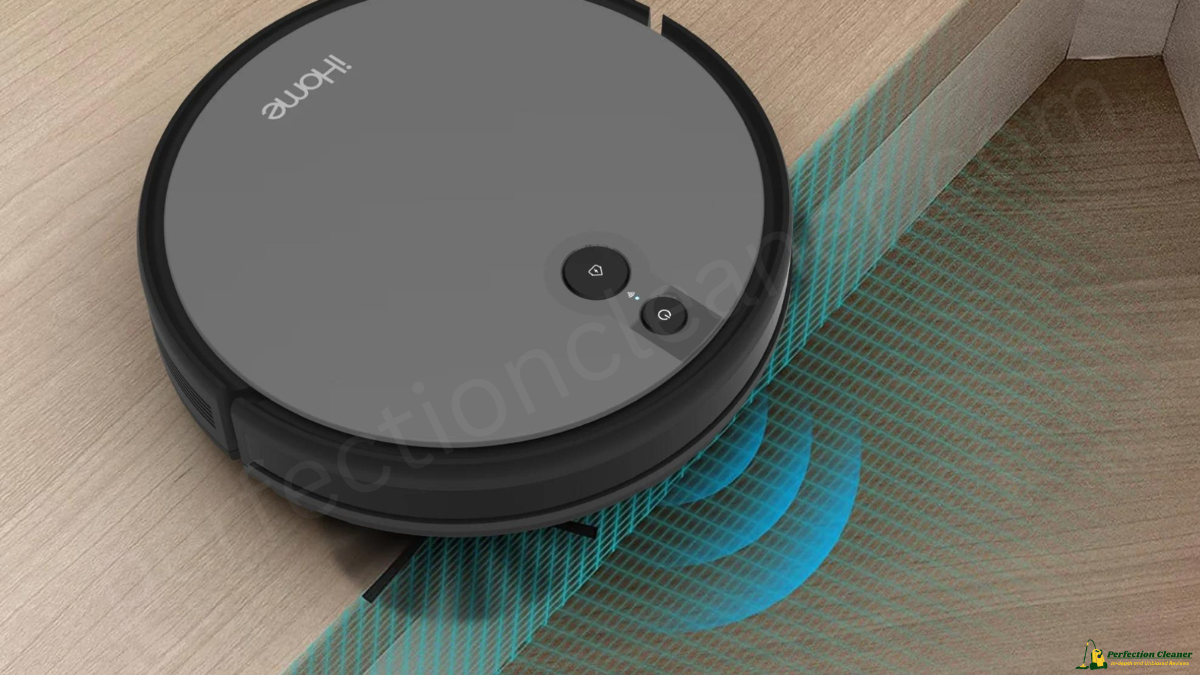
where is the reset button on my iHome vacuum
Locating the Reset Button on Different iHome Vacuum Models:
The area of the reset button can vary depending on your specific iHome vacuum model. Here’s a general guide to help you locate the reset button on various types of iHome vacuums:
Upright iHome Vacuums
For upright models, the reset button is often located:
- On the control panel near other function buttons
- On the side of the vacuum’s body, often under a small protective cover
- Near the base of the handle, where it connects to the vacuum body
Stick iHome Vacuums
On stick vacuums, you might find the reset button:
- On the handle near the power button
- On the main body of the vacuum, often on the side or back
- Near the battery compartment (for cordless models)
Robotic iHome Vacuums
For robotic vacuum models, the reset button is typically:
- On the top of the unit, often near the edge
- On the underside of the vacuum, sometimes near the brush roll
- Inside the dust bin compartment
Handheld iHome Vacuums
Handheld models usually have the reset button:
- Near the power button
- On the handle or main body of the unit
- Inside the battery compartment

Remember, these are general guidelines. If you can’t find your manual, most iHome vacuum manuals are available for download on the official iHome website.
Related: Shark vs. Dyson Vacuums: Which Vacuum Brand is Better?
Step-by-Step Guide: How to Reset Your iHome Vacuum
Once you’ve located the reset button on your iHome vacuum, follow these steps to perform a reset:
- Power Down: Turn off your iHome vacuum and unplug it from the power source. For cordless models, remove the battery if possible.
- Wait: Allow your vacuum to sit unpowered for at least 5 minutes. This helps discharge any residual power in the device’s circuits.
- Locate the Reset Button: Track down the reset button as portrayed in the past segment or counsel your client manual.
- Press and Hold: Utilizing a little, pointed object like a paperclip or pin, gently press and hold the reset button. The duration can vary by model but typically ranges from 5 to 15 seconds.
- Release: After holding for the specified time, release the reset button.
- Power Up: Plug your vacuum back in or reinsert the battery, then turn it on.
- Test: Run your vacuum to check whether the reset has settled any issues you were encountering.
For some iHome models, especially newer or smart-enabled ones, the reset process might involve a combination of button presses or app-based commands. Always refer to your specific model’s instructions for the most accurate reset procedure.
Common Reasons for Resetting Your iHome Vacuum
Understanding why you need to reset your iHome vacuum helps you maintain its performance and troubleshoot issues more effectively. Here are some common scenarios where a reset might be necessary:
- Persistent Error Messages: If your vacuum is displaying error codes or messages that don’t clear with normal use, a reset might resolve the issue.
- Suction Power Problems: A sudden decrease in suction power that isn’t resolved by cleaning filters or checking for blockages might be fixed with a reset.
- Erratic Behavior: If your vacuum is behaving strangely, such as starting and stopping on its own or not responding to commands, a reset could help.
- Battery Issues: For cordless models, if you’re experiencing unexpected battery drain or charging problems, resetting can sometimes recalibrate the battery management system.
- Wi-Fi Connectivity Problems: Smart iHome vacuums that are having trouble connecting to your home network or the mobile app might benefit from a reset.
- After a Power Surge: If your home experiences a power surge or outage, it’s a good idea to reset your vacuum to ensure all systems are functioning correctly.
- Software Updates: Sometimes, after a software update, your vacuum might need a reset to implement the new features or fix them properly.
- Unresponsive Controls: If the buttons or touch controls on your vacuum become unresponsive, a reset might restore their functionality.
- Unusual Noises: While mechanical issues often cause strange noises, sometimes a reset can resolve electronically controlled functions that might be causing abnormal sounds.
- Sensor Malfunctions: For models with smart sensors (like those that detect dirt or adjust to different floor types), a reset can sometimes recalibrate these sensors if they’re not working correctly.
Troubleshooting iHome Vacuum Issues
While resetting your iHome vacuum can solve many problems, it’s not a cure-all solution. Here are some common issues you might encounter with your iHome vacuum and how to troubleshoot them:
Vacuum Won’t Turn On
- Check if it’s properly plugged in or if the battery is charged (for cordless models).
- Inspect the power cord for any damage.
- Switch outlets to rule out electrical problems.
- If none of these work, try a reset.
Poor Suction
- Void the residue canister and check for any obstructions in the hoses or channels.
- Clean or supplant the channels as suggested in your client manual.
- Inspect the brush roll for tangled hair or debris.
- If suction is still weak after these steps, a reset might help.
Brush Roll Not Spinning
- Check for obstructions around the brush roll.
- Ensure the brush roll is properly seated and engaged.
- Inspect the belt (if applicable) for wear or damage.
- A reset might help if it’s an electronically controlled issue.
Unusual Noises
- Check for any obstructions in the vacuum pathways.
- Guarantee all parts are appropriately gathered and fixed.
- Inspect moving parts like the brush roll for damage.
- If the noise persists after these checks, try a reset.
Battery Not Holding Charge (Cordless Models)
- Ensure you’re using the correct charger and it’s properly connected.
- Verify that the charging port is clean and free of debris.
- Try a different outlet.
- A reset can help recalibrate the battery management system.
Wi-Fi Connectivity Issues (Smart Models)
- Ensure your home Wi-Fi is working properly.
- Check if the vacuum is within range of your Wi-Fi router.
- Verify that you’re using the correct Wi-Fi password.
- A reset can often resolve persistent connectivity issues.
Erratic Movement (Robotic Models)
- Clean the sensors with a delicate, dry fabric.
- Check for any obstructions on the wheels or brushes.
- Ensure the floor is clear of small objects that might confuse the navigation system.
- If the problem persists, try a reset to recalibrate the navigation system.
Remember, if these troubleshooting steps and a reset don’t resolve the issue, it may be time to contact iHome customer support or a professional repair service.
`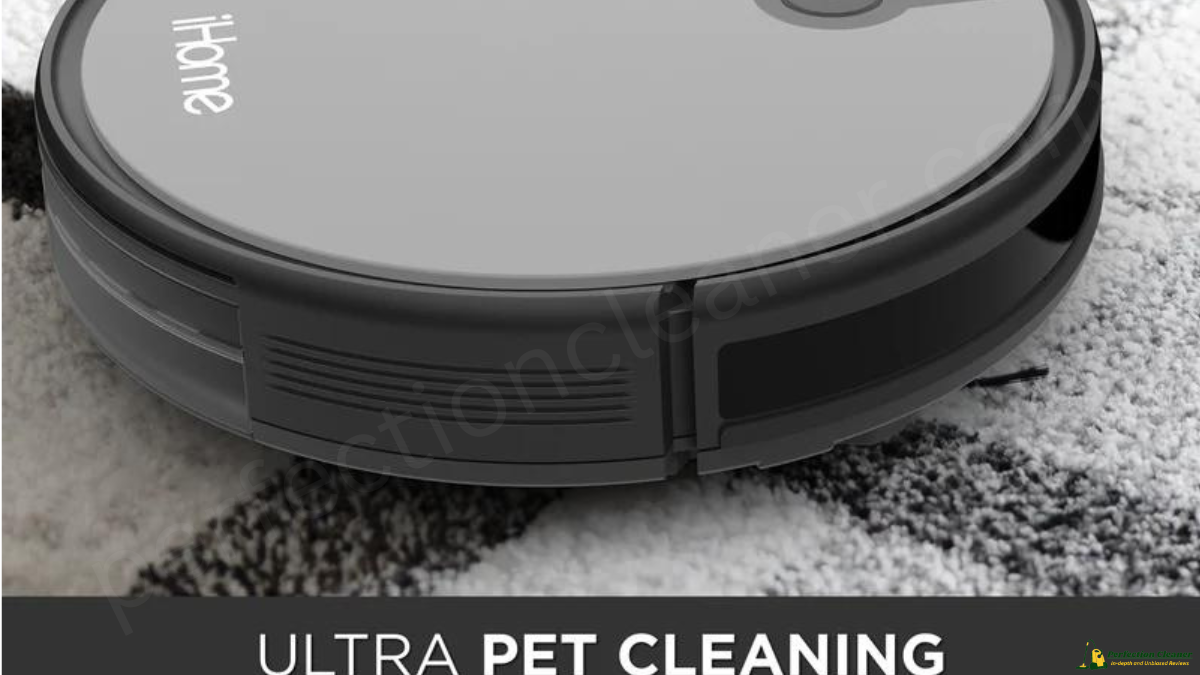
Preventive Maintenance for Your iHome Vacuum
Regular maintenance can significantly decrease the need for resets and extend the life of your iHome vacuum. Here are some essential maintenance tips:
- Empty the Dust Bin Regularly: Don’t wait for the bin to be full. Empty it when it’s about 2/3 full to maintain optimal suction.
- Clean or Replace Filters: Follow the manufacturer’s recommendations for cleaning and replacing filters. It usually involves washing washable filters monthly and replacing disposable filters every 3-6 months.
- Check and Clean the Brush Roll: Regularly inspect the brush roll for tangled hair or debris. Clean it as needed to ensure it spins freely.
- Inspect Hoses and Attachments: Check for blockages or damage in hoses and attachments. Clean or replace as necessary.
- Wipe Down Exterior and Sensors: Use a soft, dry fabric to clean the exterior of your vacuum and any sensors, especially on robotic models.
- Maintain the Battery: For cordless models, follow proper battery care instructions. It might include fully discharging the battery occasionally and avoiding overcharging.
- Update Software: If your iHome vacuum has smart features, guarantee it’s running the most recent programming rendition to profit from execution upgrades and bug fixes.
- Store Properly: When not in use, store your vacuum in a cool, dry place. For robotic models, ensure the charging station is in a suitable location.
- Perform Regular Checks: Every few months, do a thorough check of all parts, including wheels, brushes, and seals. Replace any worn or damaged components.
- Use Genuine Parts: When replacements are needed, use genuine iHome parts to ensure compatibility and maintain performance.
When to Seek Professional Help
While many issues can be resolved with a reset or basic troubleshooting, there are times when professional help is necessary. Consider contacting iHome customer support or a certified repair service if:
- The vacuum still doesn’t work after a reset and basic troubleshooting.
- You notice burning smells, smoke, or unusual heat from the vacuum.
- There’s visible damage to the power cord or internal components.
- The vacuum has been exposed to water or other liquids (beyond its designed capabilities).
- You’re experiencing repeated issues even after successful resets.
- The vacuum is still under warranty, and you’re experiencing persistent problems.
Proficient specialists have the instruments and mastery to analyze and fix more intricate issues securely and actually.
Conclusion:
Understanding how to reset your iHome vacuum is an essential part of maintaining this valuable cleaning tool. Knowing where to find the reset button and how to perform a reset properly helps you resolve minor issues quickly and efficiently, saving time and potentially avoiding costly repairs.
Remember, while resetting can solve many common problems, it’s not a substitute for regular maintenance. By combining proper care, timely troubleshooting, and the occasional reset when necessary, you can ensure that your iHome vacuum continues to perform at its best, keeping your home clean and fresh for years to come.
If you encounter persistent issues or need clarification on any aspect of your iHome vacuum’s operation or maintenance, feel free to consult your user manual or reach out to iHome’s customer support. They can provide model-specific guidance and help you determine if professional service is needed.
frequently Asked Questions About iHome Vacuum Resets
How often should I reset my iHome vacuum?
You don't need to reset your iHome vacuum regularly. Only perform a reset when you're experiencing issues that can't be resolved through normal troubleshooting steps.
Will resetting my iHome vacuum delete any saved settings?
In most cases, a basic reset won't delete saved settings like cleaning schedules or room maps (for robotic models). However, a factory reset, which is different from a regular reset, will erase all user settings.
My iHome vacuum doesn't have a visible reset button. What should I do?
Some newer models might not have a physical reset button. In these cases, the reset function might be performed through a combination of button presses or via the mobile app. Consult your user manual or contact iHome support for model-specific instructions.
I've reset my iHome vacuum, but the problem persists. What's next?
If a reset doesn't solve the issue, try the troubleshooting steps outlined earlier in this guide. If problems continue, it may be time to contact iHome customer support or a professional repair service.
Can resetting damage my iHome vacuum?
When done correctly, resetting your iHome vacuum should not cause any damage. Always follow the manufacturer's instructions for your specific model to ensure you're resetting it properly.
How long does the reset process usually take?
The actual reset process typically takes only a few seconds to a minute. However, it would help if you allowed your vacuum to remain unpowered for about 5 minutes before initiating the reset.
Do I need to reset my iHome vacuum after a software update?
Generally, you don't need to reset your vacuum after a software update. However, if you notice any unusual behavior following an update, a reset might help resolve the issue.
Can I reset my iHome vacuum's battery?
Some iHome vacuum models allow for battery reset or recalibration. This process can sometimes help if you're experiencing battery life issues. Counsel your client manual for explicit guidelines connected with battery the board.
Is there a difference between a soft reset and a factory reset?
Yes, there is a difference. A soft reset (which is what we've mainly discussed in this guide) typically resolves minor issues without erasing settings. A factory reset, on the other hand, reestablishes the vacuum to its unique industrial facility settings, eradicating all client information and inclinations.
My iHome vacuum is connected to my home's Wi-Fi. Will resetting affect this connection?
A basic reset shouldn't affect your Wi-Fi connection settings. However, if you perform a factory reset, you'll need to reconnect your vacuum to your home Wi-Fi network.



